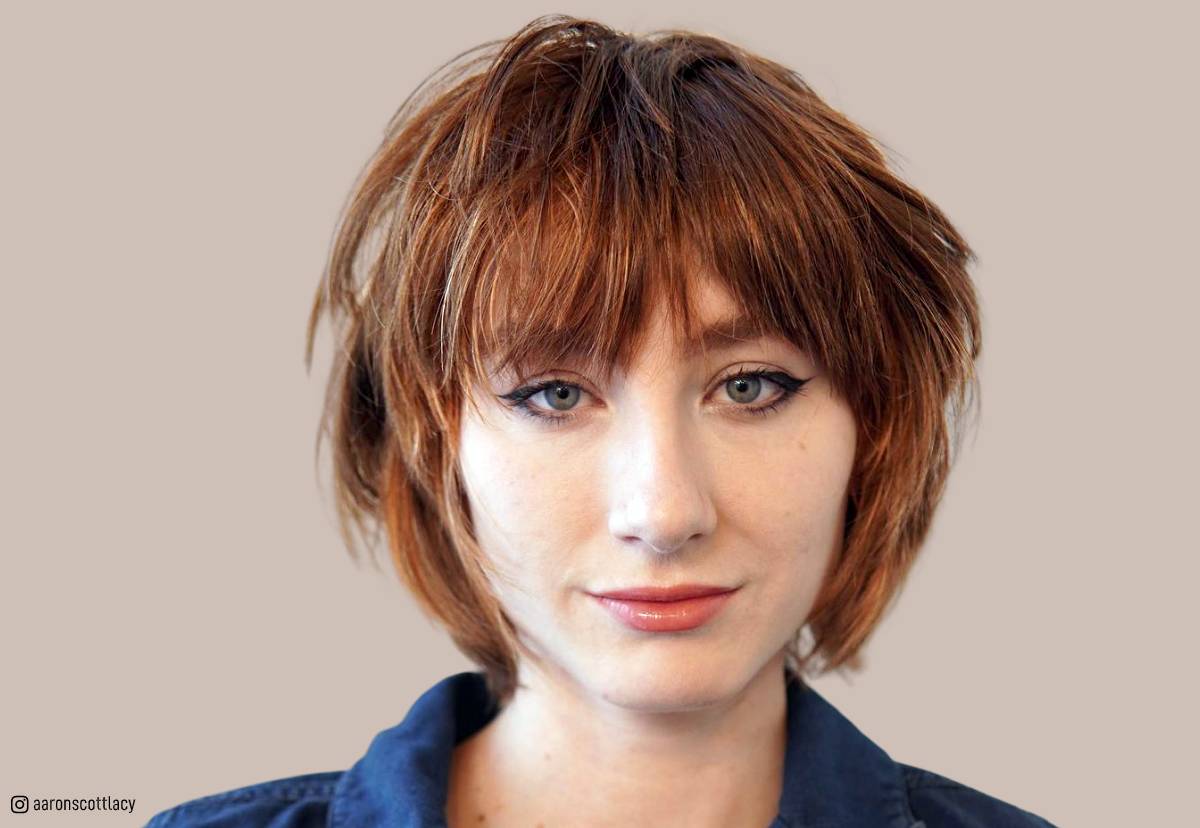Reviewed and Updated: October 19, 2022 by Jamie Wilson BA
Hair loss is something that affects millions of people around the world. While some people may experience mild forms of hair loss and others may experience more severe cases, everyone is affected to some degree.
Hair loss can appear suddenly or gradually and can affect any part of the scalp. The most common types of hair loss are androgenetic alopecia and telogen effluvium, or stress-related hair loss.
Causes of hair loss.
1. Androgenetic alopecia:
Androgenetic alopecia is the most common type of hair loss. In men, androgenetic alopecia can be caused by genes passed down from the father’s (paternal) side of the family, or it can be caused by the use of certain medications (eg, anabolic steroids). Androgenetic alopecia can also be triggered by certain illnesses, injuries, or medical conditions, including any type of cancer, diabetes, and thyroid disease.

Androgenetic alopecia is characterized by thinning hair on the top of the head (frontal hairline) and on the front of the scalp, and it is often accompanied by an increase in hair on the back and on the sides. sides of the scalp. Androgenetic alopecia can occur at any time of life, although it is more common in men (1 in 5) over the age of 40.
2. Telogen Effluvium:
Telogen effluvium is a type of hair loss that occurs when an individual experiences psychological stress, such as the death of a loved one or major life event, or physical stress, such as illness. The physiological response that leads to telogen effluvium is similar to the physiological response that causes menstrual cramps: the release of stress hormones into the bloodstream.
These hormones, cortisol and dihydrotestosterone (DHT), trigger a physiological response that causes men’s hair to fall out of the scalp, creating “scalp reduction.” Hair usually regrows gradually. After the event that caused the stress, the scalp begins to produce less hair and then, about six months later, the hair begins to fall out. Telogen effluvium is not a disease, but rather a natural process that occurs in some people.
3. Alopecia Areata:
It is a condition in which the body’s immune system attacks the hair follicles, resulting in partial hair loss. The cause of alopecia areata is not well understood, but researchers believe it is an autoimmune disease, in which the immune system mistakenly attacks the body’s own tissues.

4. Alopecia totalis:
It is a rare hereditary form of alopecia which causes complete hair loss on the scalp, eyebrows and beard. It is an autoimmune disease that appears in early childhood (usually before the baby is one year old).
Androgenetic alopecia can also occur as a result of certain medical conditions and medications, including anabolic steroids and medications for prostate cancer, high blood pressure, and hyperthyroidism.
How to prevent hair loss.
There are several ways to prevent hair loss. Some of these ways include the following.
1. Eat well

Your diet can have a big impact on your hair loss. A balanced diet high in protein can help your body produce more hair. Iron is also essential for the production of healthy hair. Getting enough iron from your diet can be difficult for shedding-prone manes. Fortunately, there are plenty of iron- and protein-rich foods out there.
2. Exercise regularly
Exercising regularly can help boost your immune system and improve your overall health. Studies have even shown that men who exercise regularly have less hair loss.
The best way to exercise regularly is to do your daily workout. Even 10 minutes of exercise will suffice. Swimming, walking, yoga, and repetitive motion can all help stop hair loss and keep it from spiraling out of control.
3. Cut your hair
It’s common for men to overthink this one. But, in reality, your hair should not be longer than necessary. If you are losing your hair, try not to panic. A healthy amount of hair loss is normal. However, if the hair is consistently falling out more than usual, it’s time to take action.
Before you start epilating, decide what you are going to do with it. If you have specific diet or lifestyle goals, like a military shave or sparse facial hair, it’s important to maintain your mane. Otherwise, you can easily miss patches of hair and create a unibrow. Or you can get hair pieces from Hairbro and try styling your hair on them.

4. Less shampoo
Washing your hair too often can strip it of its natural oils. Over-washing can also contribute to hair loss because it strips away the nutrients your hair needs to stay strong and healthy. A good rule is to wash your hair every few days. If you suffer from excessive hair loss, you can try washing it every other day or even once a week.
5. Get a haircut
Hair loss can be a common problem, but it can be difficult to know when to get a haircut. Most men worry about getting a haircut too soon and end up dealing with a monobrow. A good hairstylist can help you determine when it’s time to get a haircut.
A good haircut can also help prevent hair loss. If you suffer from excessive hair loss, a haircut can help reshape your hair and prevent it from getting too long.
6. Do not over wash
Over-washing can also contribute to hair loss. Over-washing your hair can strip away the natural oils your hair needs to stay healthy.

The best way to keep your mane from getting too oily is to gently massage your scalp while washing. You can also try using a dandruff shampoo.
7. Try natural remedies
There are a variety of natural remedies you can try to prevent your hair from falling out. Olive oil is one of the most common.
Massaging your scalp with olive oil can help promote healthy hair growth. You can also pour olive oil into your hair while showering to help lock in moisture. Be careful, however. Not all oils can be used on the head as they can be too heavy and greasy.
Conclusion
Hair loss is something that affects millions of people around the world. While some people may experience mild forms of hair loss and others may experience more severe cases, everyone is affected to some degree. Androgenetic alopecia and telogen effluvium are the most common types of hair loss, and both can be prevented or treated.
Unsplash’s signature image
Disclaimer: Curated and re-published here. We do not claim anything as we translated and re-published using google translator. All images and Tattoo Design ideas shared only for information purpose.


